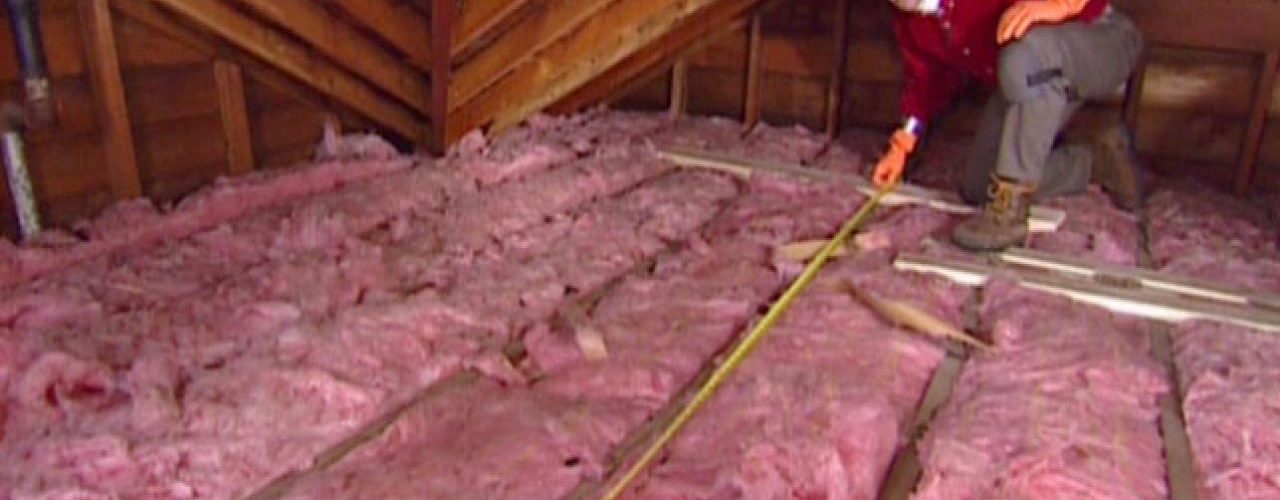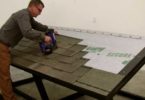Do you want to save money on heating and stay warm in the winter? Insulating your attic can help. It keeps your home cozy and reduces energy costs. Let’s discuss the basics of insulating your attic for a more comfortable and efficient home.
Contents
Get Ready to Insulate Your Attic
To start insulating an attic:
- Seal air leaks using caulk for small gaps and expanding foam for larger openings.
- Add weatherstripping around the attic hatch and insulate the hatch itself.
- Insulate any exposed pipes or ductwork.
Maintain attic insulation by:
- Regularly checking for signs of moisture or mold.
- Adding more insulation if the existing layer is compressed or damaged.
- Ensuring that the insulation is evenly distributed and undisturbed.
How To Insulate an Attic? Start With Sealing Air Leaks
The first step to insulating an attic is to seal air leaks. You can do this by identifying and covering any gaps, cracks, and holes in the attic floor, walls, and ceiling.
Different methods for laying down insulation in the attic include blown-in insulation, batt insulation, and spray foam insulation.
Regular maintenance of attic insulation can be maintained by checking for any signs of damage, wet spots, or mold, and sealing any new air leaks as soon as they are identified.
It’s also important to keep the attic well-ventilated to prevent moisture buildup and ensure that the insulation remains effective over time.
Laying Down the Insulation
Install Baffles for Ventilation
To properly install baffles for ventilation in an attic, start by clearing the attic space and locating the air vents. Then, measure and cut the baffles to fit the vents and install them with staples or screws.
Make sure the baffles are installed all the way up to the roof’s peak, leaving a clear air channel from the soffit vents to the attic. Also, ensure that the baffles are properly sealed to prevent air leakage.
Not installing baffles for ventilation in an attic can lead to moisture buildup, causing mold and mildew growth, as well as reduced energy efficiency. Insufficient ventilation can also make the attic too hot, potentially damaging the roof and reducing its lifespan.
Roll Out Batt or Blanket Insulation
Batt or blanket insulation should be rolled out perpendicular to the joists during the installation process.
There are benefits to using batt or blanket insulation in an attic. It’s easy to install, provides a thermal barrier, and is cost-effective.
When using batt or blanket insulation in areas with recessed lights or around chimneys and exhaust fans, it’s important to ensure clearance and proper ventilation. This helps prevent fire hazards and condensation buildup.
Use Loose-fill Insulation for Tight Spaces
Loose-fill insulation is great for tight spaces. It can conform to irregular shapes and fill small gaps easily. Compared to other types of insulation, loose-fill insulation reduces air leakage and can be installed without disturbing existing structures or finishes.
Best practices for installing loose-fill insulation in tight spaces include proper ventilation, using protective gear, and ensuring the insulation is not compacted. It’s important to install loose-fill insulation at the correct density to achieve the desired R-value and maximize its insulating capabilities.
How To Insulate an Attic? Finishing Touches
Cover the Insulation
Baffles should be installed at the eaves for ventilation. They maintain an air channel between insulation and roof sheathing.
Recommended methods for covering attic insulation: Use plywood or drywall. Make sure they are secured properly to prevent shifting.
Regularly check insulation for damage, proper ventilation, moisture, and mold.
Ensure insulation is evenly distributed and not compressed.
Regularly inspect insulation, vents, and air channels for any blockages for proper maintenance.
Insulating the Attic Hatch
Insulating the attic hatch is easy to do. You can use weatherstripping around the edges to create a tight seal and prevent heat loss. The best materials for this include foam board insulation, fiberglass insulation, or a combination of both. You can secure these materials with adhesive or screws and seal with caulk for maximum insulation. Insulating the attic hatch is important. It helps maintain a consistent temperature in the attic, prevents drafts, and reduces energy consumption.
It also creates a more comfortable environment in the living space below the attic.
Keep the Heat In: Insulating Around Recessed Lights and Other Areas
Dealing with Recessed Lights
When insulating around recessed lights in an attic, make sure to use an airtight baffle and cover the light fixture with insulation. Use insulation that is safe to be in contact with the fixture.
Regularly check the insulation in the attic to ensure there are no gaps, compressions, or signs of wear and tear. Also, inspect the attic’s ventilation by looking for signs of moisture or mildew, ensuring soffit vents are not blocked by insulation, and confirming proper airflow through vents.
Insulating Around Chimneys and Exhaust Fans
Insulation should be installed around chimneys and exhaust fans. Noncombustible materials, like mineral wool, are best for this purpose. They create a proper seal to prevent air leaks. This type of insulation is resistant to high temperatures and provides an effective barrier against airflow.
Regular maintenance checks should be performed to ensure that insulation remains in good condition. This helps maximize its effectiveness by preventing damage or deterioration.
Regular Checks: Maintaining Your Attic Insulation
Inspecting Insulation for Damage
Homeowners should inspect their insulation for signs of damage, like pests, mold, moisture, and air leaks. It’s best to check the attic insulation at least once a year. Damaged insulation can lead to lower energy efficiency, higher utility bills, and health risks from mold and pests.
Checking Ventilation
The vents in the attic should be checked regularly. This is to make sure they are clear of obstructions or debris. It’s important for proper air flow and circulation in the attic space.
Also, it’s important to inspect if any insulation materials are blocking the ventilation system. This can affect its effectiveness. For instance, loose-fill insulation might shift over time and block the vents, impeding airflow. Similarly, improperly installed batt insulation can cover the vents and hinder ventilation.
Therefore, it’s important to routinely inspect and clear the vents to ensure effective attic insulation.
Over to you
Insulating your attic is an important step in keeping your house warm and cozy.
Start by identifying the type of insulation that best suits your needs and budget.
Seal any air leaks before beginning the insulation process.
Consider hiring a professional if you have a large attic or are unsure of the best approach.
Insulating your attic will help lower your energy bills and create a more comfortable living environment.



